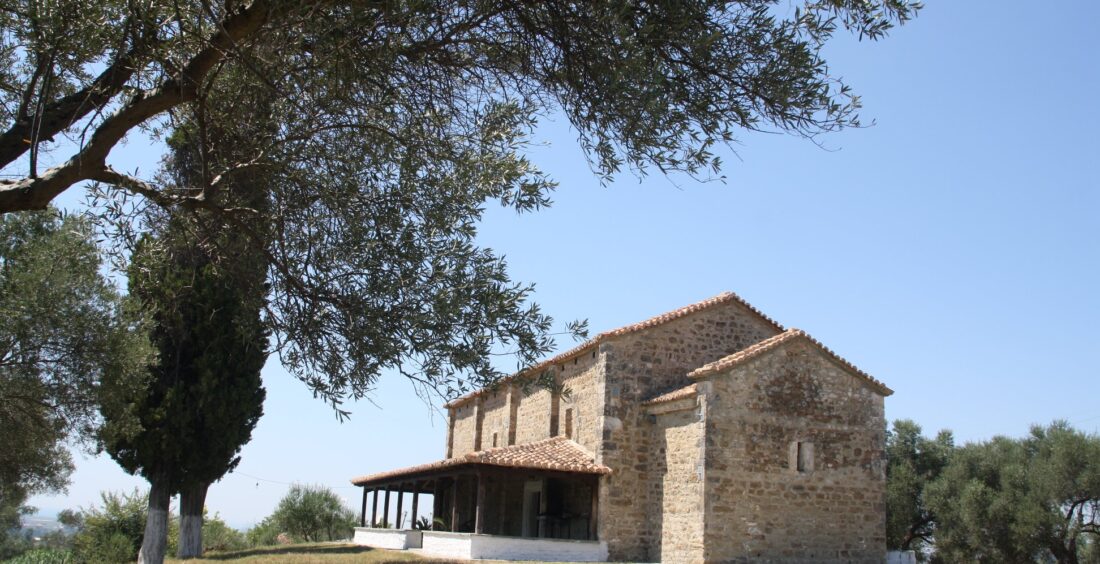Raised among olive trees, in a hilly area in the village of Çetë i Kavajë, there is one of the most important cult objects in our country, dating from the 13th century. It is the only church with Gothic-Roman architecture remaining in the territory of Albania.
The Church of “Saint Friday”, which is also known as the “Church of Ceta” or the “Church of Saint Paraskevi”, over the years has attracted the attention of various researchers, who are interested in some aspects of it, and it was declared a monument culture in 1963.
The church consists of the altar, the narthex and the nave. There are two entrances in use, from the south and the west, but there is also a third entrance, walled, which is preserved behind the iconostasis, on the north side.
The interior of the church is decorated with frescoes, which appear in relatively good condition. In general, the upper part of the frescoes is preserved complete, while the lower part is missing in almost the entire church.
The floor has a sun figure (in the shape of a circle), which is interesting, since the cult of the sun is pre-Christian.
The murals cover the entire interior of the church and are thought to have been created in several stages, by two different painters. The oldest painted the whole church, while the youngest partially intervened in the lower generation, repainting the saints, fathers and hierarchs of the church.
Based on its architectural features, it is thought that the reconstruction of the church dates back to the end of the 13th century.
The numerous destructions of religious buildings in 1967 spared the church of St. Premtes of Ceta, which was protected by the inhabitants, in an area of mainly Islamic faith.









 Rruga e Elbasanit, Pallati nr. 111,
Rruga e Elbasanit, Pallati nr. 111,